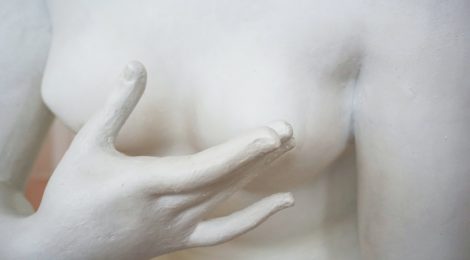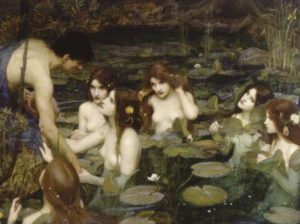
The Controversy of The Female Body
When, in early 2018, Britain’s Manchester Art Gallery took down a 19th-century painting by John William Waterhouse “Hylas and the Nymphs” in an attempt to show solidarity with the rising “Me Too” movement, the decision was faced with a significant public outcry. The representatives of the gallery argued that the painting perpetuated ideas about female bodies that were not positive. The public argued the Art Gallery has gone too far and the stunt was an ill-devised grab for attention, and many feminist women could not support the reason given for the removal.

While ostensibly the depicted image does paint women in a negative light – the nymphs are using their nude bodies to seduce Hylas and kidnap him, we also have to consider Waterhouse’s body of work compared to that of his peers in the Victorian Era – the time when women were making a push to gain more rights and freedoms. This was the time of the emergence of “female gaze” and Waterhouse was aware of the trends in the art of the society he lived in. This is why his artwork is perceived by many critics and women to be empowering to females – by flipping the switch that until that point was not touched. Waterhouse’s females were witches and seductresses, but they were the ones in control. This type of social commentary is always bound to breed discussions and discomfort.
While the male gaze was always at the center of art and, more recently, advertisement, gaming industry and Olympic sportswear, the idea that females may objectify males, in a similar way, can make social conservatives uneasy as it implies the level of agency females have over their bodies that many remain uncomfortable with. This is especially a pertinent topic now, when the laws on abortions are getting reversed. It is no wonder then that, while imperfect in its depiction, Waterhouse’s works still get applauded for depicting powerful women.
Whatever one may think about Waterhouse’s works, they do serve the purpose of any timeless art – to generate ongoing discussions and to look inside to examine why one may react a certain way to others’ expressed ideas.
Image Credits:
Feature Image: Victoria Strukovskaya, On Unsplash, Creative Commons
Body Image: Public Domain, William Waterhouse



